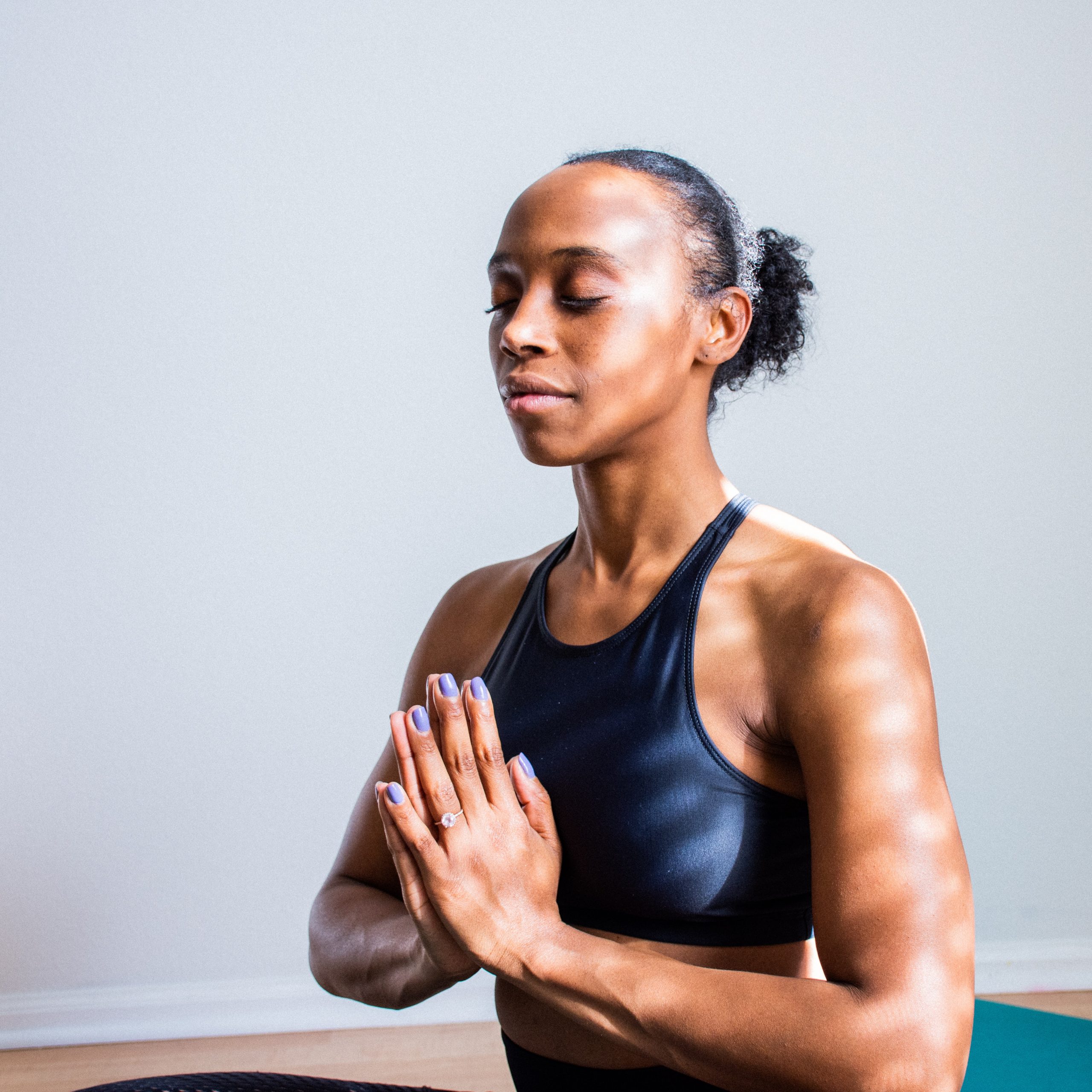You may have read all of the recent studies on mindfulness and meditation and their positive impact on the mind and body. Perhaps you are curious about how to start a meditation practice but aren’t sure how. Starting a meditation practice can feel a bit daunting, especially for those of us that are Type A and hyperfocused on doing things correctly. Being a lawyer, and having taught other lawyers how to meditate, I can attest to this. I’ve had a lawyer share that even after many weeks of practice, he still felt as though he was at best a “B-student” and wanting to get to an “A.”
Here’s a simple guide to get you started. There’s not much preparation necessary for an activity that, at its essence, is nothing more than spending quality time with your own mind. The actual mechanics of meditation are quite simple.
When we meditate, we use an object of attention such as the breath, sensory experience, or a word or phrase (often called a mantra) to focus and quiet the mind. Every time we notice we are getting caught up in our thoughts or our mind is wandering, we gently bring our focus back to the object of meditation we’ve chosen to work with.
Meditation does not mean we stop thinking, maintain a blank mind, or attain a perfectly peaceful state of nirvana. What does happen over time as we meditate is that we begin to change our relationship with our thoughts and feelings. We learn to observe our own mind. We increase our ability to focus.
As we come back to the object of meditation over and over again during our sitting practice, we begin to experience more spaciousness in our own minds and come to see we are not our thoughts and feelings, regardless of how compelling those thoughts and feelings may seem in the moment we experience them. This very simple insight can be quite transformative.
Equipment
Timer
A timer is a useful tool to have because it will eliminate the distraction of wondering how much time has passed. There are many apps available specifically for keeping meditation time. One that I use on a regular basis is Insight Timer.
Something to Sit On
Many people like to use a meditation cushion or bench to sit on during their meditation time. Whether you choose to do so is up to you—having a special item to sit on is entirely optional. Over the years, I have used both a meditation cushion and a meditation bench. However, neither is necessary. When I teach meditation, it is mostly in conference rooms, sitting on the very un-meditative office chairs.
Meditation Instructions
Following the Breath
1. Set a timer for the desired length of meditation.
2. Sit with a straight spine, in a comfortable position you can hold for the time you will be meditating. Commit to that posture.
3. Allow your eyes to close or find a spot approximately four feet ahead of you and gently gaze at that place.
4. Take a couple of deep breaths in and out of the nose to help you settle in and make the transition from an outward focus to a more inward one.
5. Notice what is around you and inside you. Spend one cycle of your breath (one in-breath and one out-breath) noticing each of the following:
- the temperature of the air;
- the sounds around you, both the closer sounds and the sounds that are further away;
- the feeling of your body, its solidity;
- the feeling of energy in your body, the vitality inside you;
- your mood;
- the quality of your thoughts.
6. Turn your attention to your breath. If you don’t know where you should let your attention rest, you can silently ask yourself the question, “How am I breathing?” Wherever your attention naturally goes is the best place for you. It could be your nose, your chest, your throat, your belly, or anywhere you can easily notice the movement of the breath.
7. Allow yourself to enjoy the physical feeling of the breath in your body.
8. Meditate, keeping your attention gently focused on the breath. If you find you’re getting distracted or getting caught up in thoughts, that’s fine. It’s normal. Just gently return your awareness to the breath.
9. Notice the four parts of the breath. The inhale and the brief pause before exhale, followed by a brief pause before the next inhalation.
10. Continue to observe the breath until the bell rings, indicating the end of the meditation. Slowly begin to wiggle fingers and toes, or check in with your body and move in any way that feels good to you.
This article previously appeared on Forbes.

